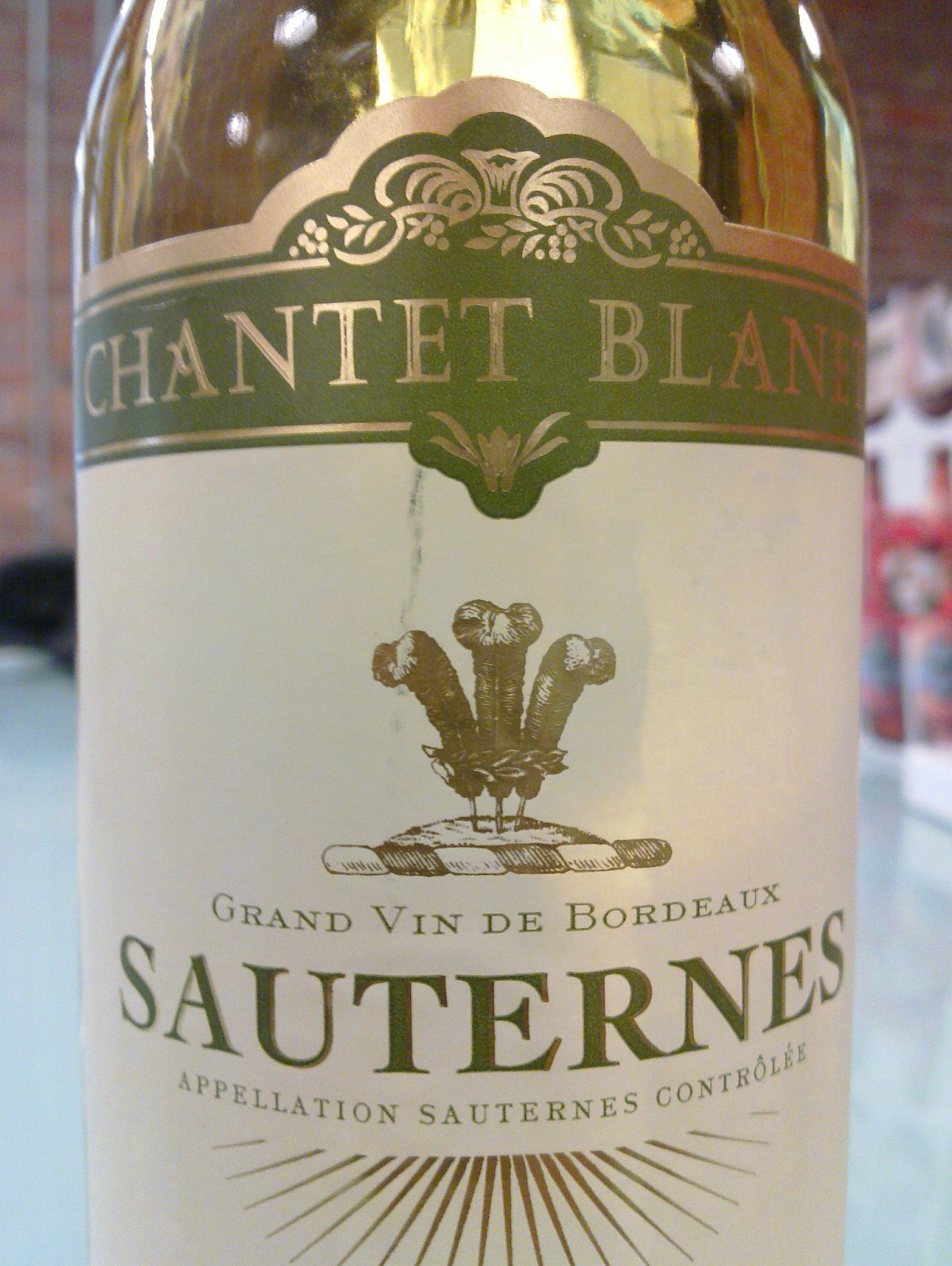Sauternes wines, often referred to as liquid gold, are some of the world’s most exquisite and sought-after dessert wines. Hailing from the Bordeaux region of France, these refined beverages offer a fascinating blend of history, terroir, and winemaking techniques that make them truly exceptional. Here are some of the most intriguing aspects of Sauternes wines.
The Noble Rot
Sauternes owes its unique character to a noble rot known as Botrytis cinerea. This benevolent mold attacks the grapes, causing them to dehydrate and concentrate their sugars. The result is intensely sweet and complex wines with layers of flavor. This natural process is essential to the internationally known Sauternes wines as it sets it apart from other dessert wines. The development of Botrytis cinerea is a delicate dance between humidity, morning mists from the Ciron River, as well as warm and sunny afternoons. These conditions encourage the mold to form, creating the perfect environment for grape dehydration.
The Fascinating Sauternes Terroir
The terroir of Sauternes is distinct and plays a pivotal role in the wine’s unique character. Located within the larger Graves region of Bordeaux, it benefits from a microclimate that contributes to the development of Botrytis cinerea. The Ciron River creates morning mists that promote the growth of the mold, while the surrounding vineyards benefit from gravelly soils that drain well. The influence of terroir on Sauternes wines is profound. The geological factors and microclimate contribute to the complexity of the wine, making it a true reflection of its terroir.
The Grapes of the Sauternes Region
Sauternes wines are primarily made from three grape varieties which are Semillon, Sauvignon Blanc and Muscadelle. Each of them contributes unique characteristics to the wine. Known for its susceptibility to Botrytis, Semillon forms the core of most Sauternes blends, providing body and lusciousness. Sauvignon Blanc adds acidity, freshness, and lively citrus notes. Muscadelle enhances the aromatic profile with floral and exotic fruit elements. The harmonious interplay of these grapes is what gives Sauternes wine its exquisite flavor and balance.
The Sweetness Scale of Sauternes Wines
Sauternes wines come in various styles and sweetness levels which are officially classified. The classification ranges from the sweetest Sauternes and Barsac to the drier Loupiac and Cadillac. The sweetness levels are a result of the varying degrees of Botrytis influence on the grapes during harvest. Sauternes’ diverse sweetness levels provide wine enthusiasts with a spectrum of options to explore. Whether you prefer a lusciously sweet dessert wine or a slightly drier, more versatile option, it has something to offer for every palate.




